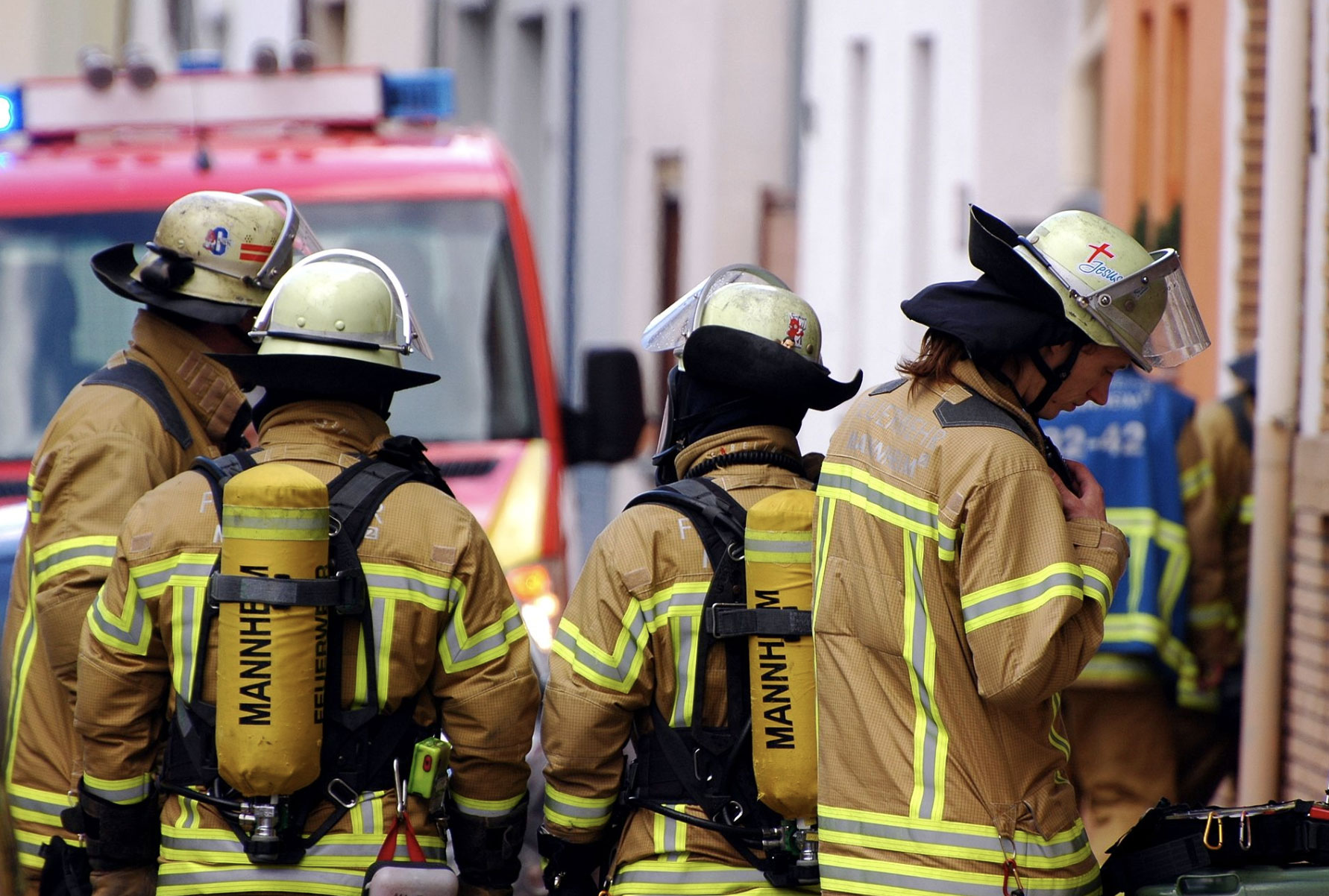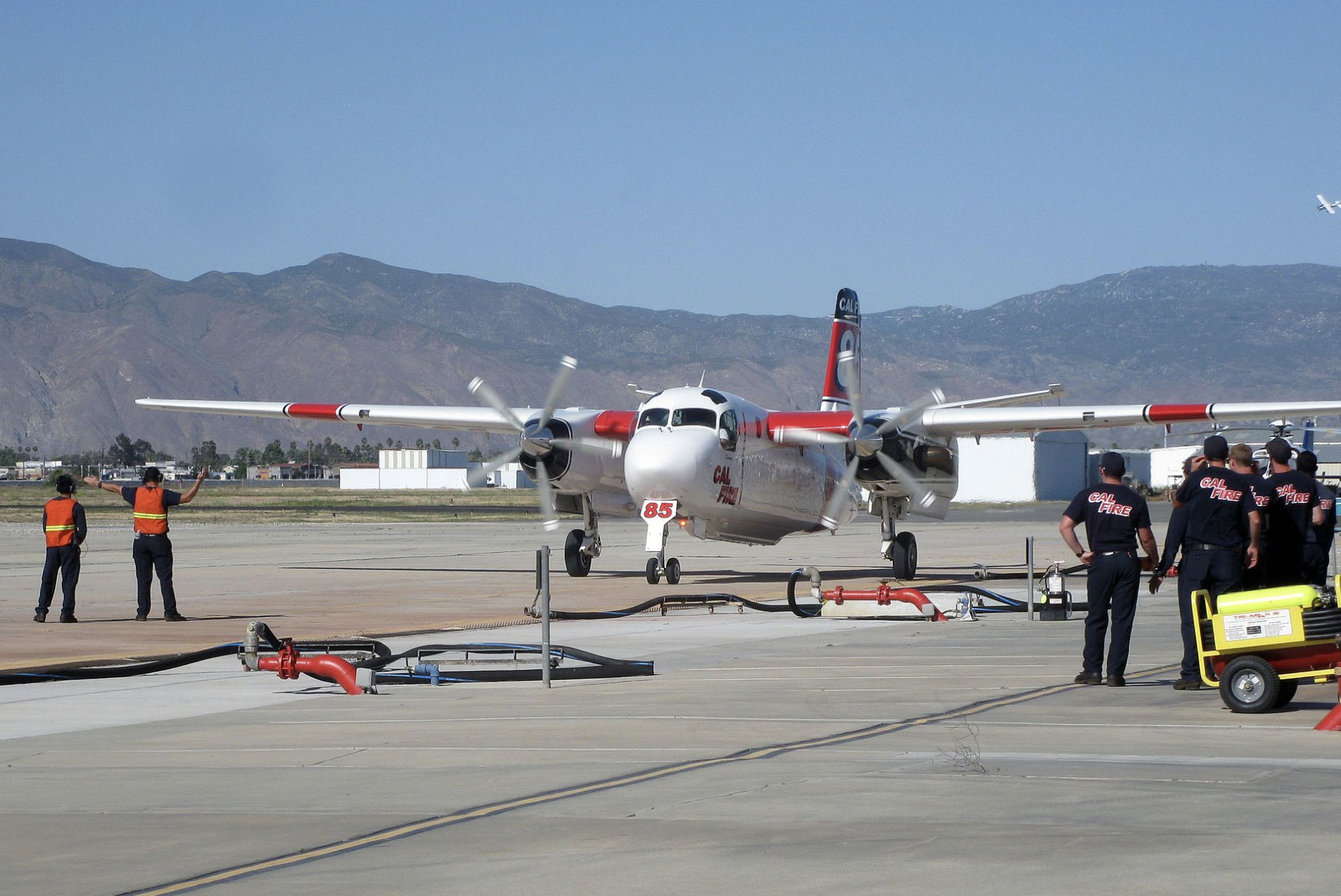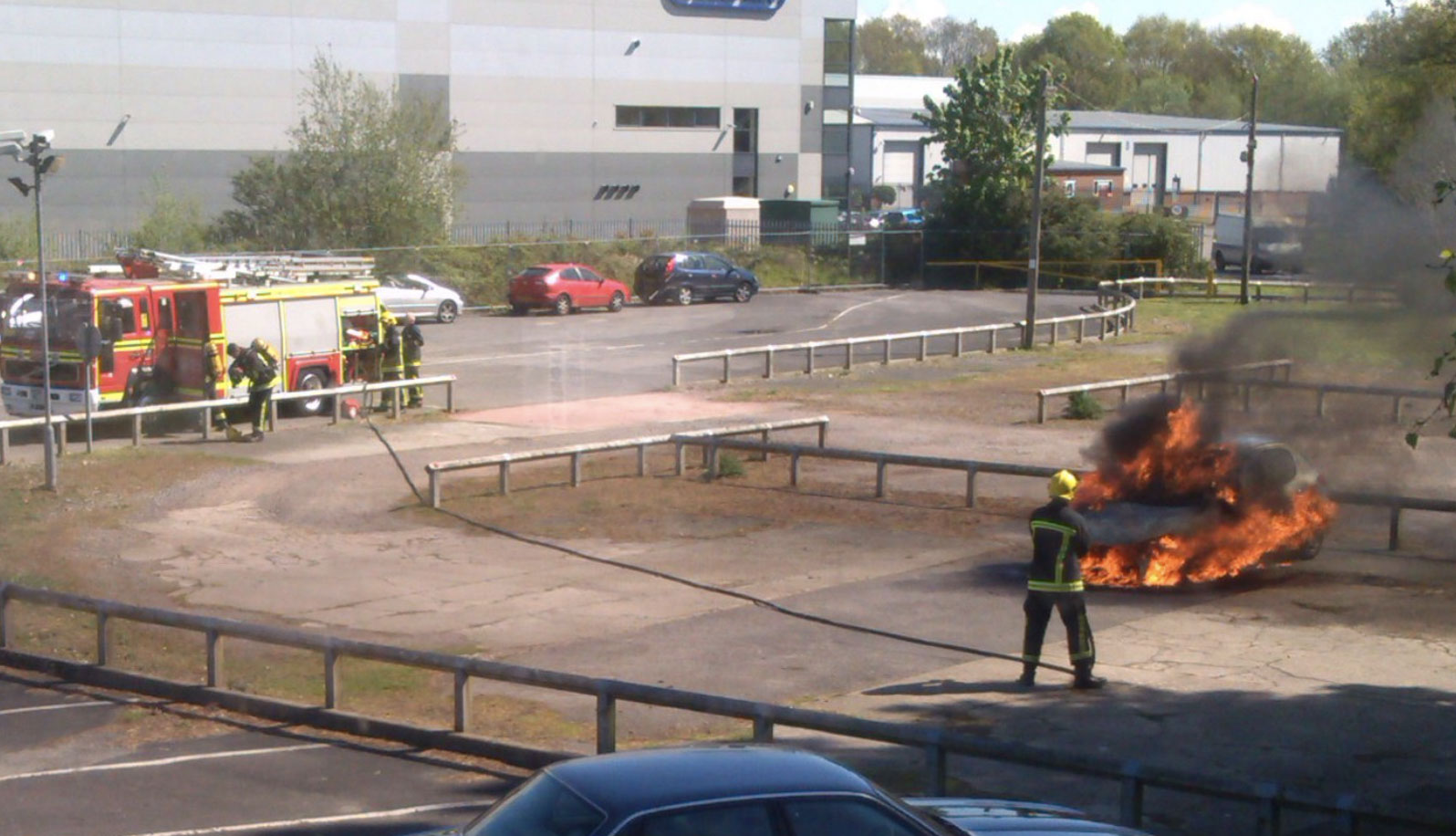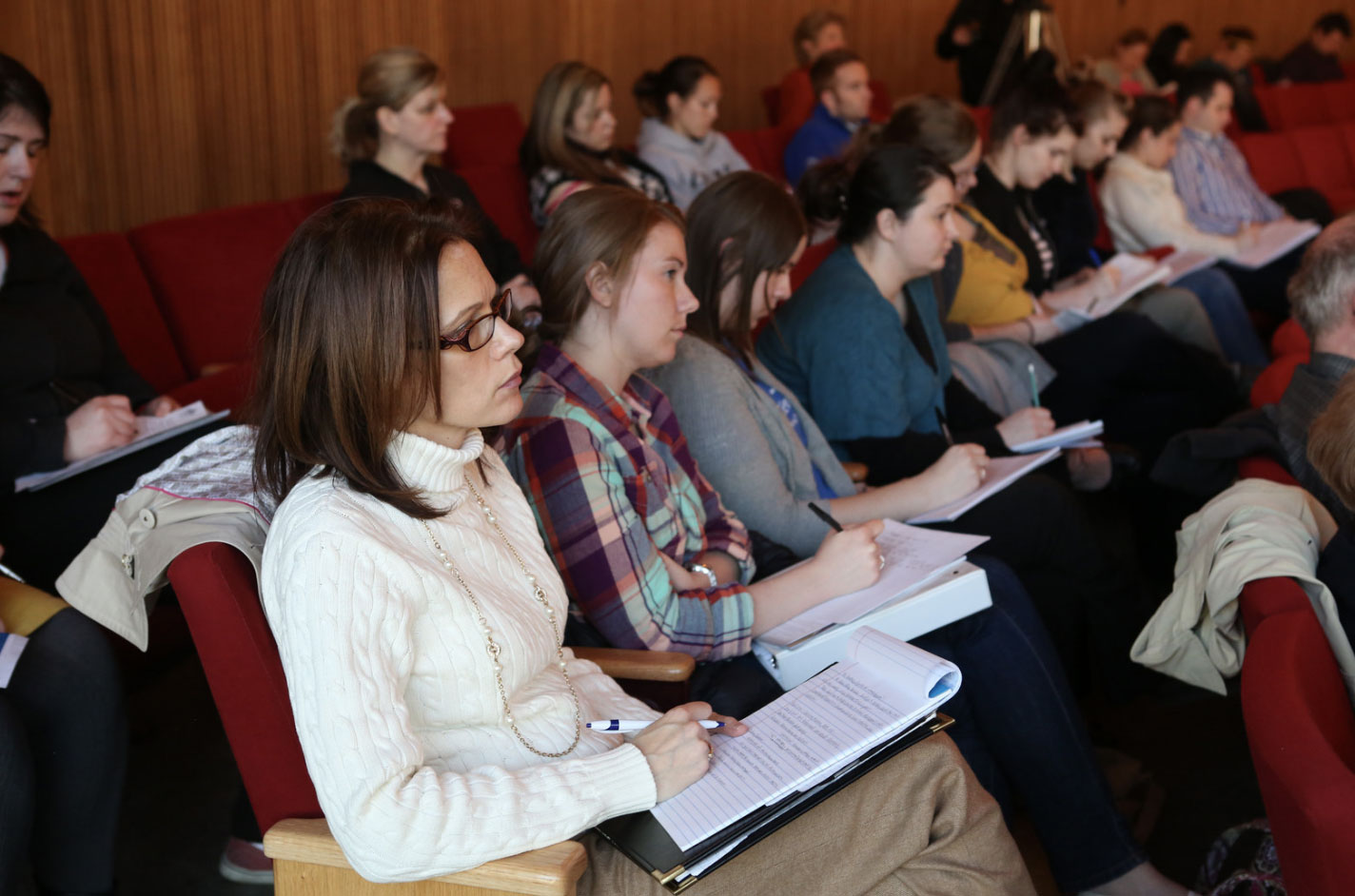
Given that the modern world is increasingly experiencing substantial issues with the weather, it is important that your community be ready if disaster strikes, highlighting the importance of assembling an effective community emergency response team and plan.

What Is a Community Emergency Response Team?
When disaster strikes, disorder and confusion are very common, which can magnify the outcome of the issues as they develop. Preparedness and planning can help to reduce a great deal of the disorder and confusion associated with a disaster, enabling the community to respond accurately to the demands of the events as they emerge. This is exactly the purpose of a community emergency response team, to prepare effectively the community on how to respond to a disaster in an organized manner, minimizing the disorder while maximizing the effectiveness of the response.
The community emergency response team’s purpose is to keep you, your family and friend, and your community safe. Read on to learn more on how we can help our communities be prepared to respond to disaster to minimize harm and maximize the safety and welfare of our communities.
Why Are They Needed?

The importance of a community response team is demonstrated by the random and unexpected nature of disasters. Natural disasters or even manmade disasters such as nuclear meltdowns or even terrorist attacks simply cannot be planned for. While such events cannot be planned for, the response to them can be.
The community is inherently unsafe in the event that a disaster or emergency strikes, and without preparedness, the danger only escalates. Through the establishment of a reaction plan and a community emergency response team, the capacity to manage and mitigate the harm done by the emergency is enhanced.
CPOI and Emergency Response

CPOI helps to develop, and emerging countries facilitate positive and safe growth through intelligently managed investments. One such investment is that of disaster relief. A key facet of disaster relief comes in the form of community engagement. The first people capable of responding to a disaster are those directly affected by it as they are within the disaster zone.
To support the ability to respond, CPOI has conducted training programs in disaster relief in a number of nations across the globe including Argentina, Haiti, Indonesia, and the Philippines. Such programs facilitate community preparedness in the event of an emergency.
Education and Direction

The purpose of a community emergency response team (CERT) is two-fold. First, a team of citizen volunteers is assembled, and subsequently undergoes the requisite training, as we’ll explore below. The primary purpose of this team of individuals is to organize the response and the citizens of the community when disaster strikes. The second purpose is to educate the community on the emergency response team. The community should, of course, know of the existence of the CERT, and through the distribution of literature, the community can be educated on how they should respond to a disaster.
When the community is effectively educated through the CERT, there is general knowledge as to major responses to a disaster. For example, in a coastal city, knowledge of the emergency arteries through which the citizens may escape a pending natural disaster should be known. What to bring with them, what to store on-hand before a disaster, and other such information can drastically reduce the harm and confusion experienced by emergencies. The CERT’s secondary role in educating the community serves to provide direction in the unfortunate circumstance in which an emergency is in fact experienced.
Professional Emergency Response Support

An additional key role of the community emergency response team is to assist with professional emergency response teams. Members of CERTs can provide direct support to first responders, aiding in their ability to provide their services to those in need. CERTs are also useful in providing immediate assistance to victims prior to the arrival of professional response teams. The organization of on-site volunteers in concert with professionals are another way that CERTs can assist professional emergency responders in the event of a disaster.
Preparedness

Alongside the education and direction of the community to be better prepared for disasters and emergencies, CERTs can also engage in pro-active projects to mitigate harm to the community. Projects that enhance the safety of the community can be engaged in by CERTs to further support the area. This can include disaster preparedness measures such as assembling dams of sand-bags in particular areas to mitigate flooding, or unrelated measures that nevertheless improve upon community safety, such park-and-ride areas to discourage tired or intoxicated driving.
How to Create a Community Emergency Response Team?

The creation of an emergency response team is begun through the initiative of members of the community. In general, CERTs are populated by volunteers although historically they were created through professional emergency responders. The concept of the CERT was first introduced by the Los Angeles City Fire Department (LAFD) in the mid-1980s following the Whittier Narrows earthquake.
The impact of the disaster exhibited the need to train civilians to serve in an active role within the context of the immediate response to community disasters, both in a safe and educated way, so they contribute to safety rather than adding to risk.
An effective way to begin the process is to engage with governmental agencies that support the development of CERTs and can be a nexus of information on what to learn and how to conduct training. Such organizations include the Federal Emergency Management Agency (FEMA), the National Fire Academy, and the Emergency Management Institute (EMI). Through these organizations, CERT training programs have emerged, and have been made nationally available in some 28 states and Puerto Rico.
CERT Training

The most effective means of assembling a CERT is to gather volunteers through social networking and advertising, including through professional emergency responders’ networks, and then to train them. For a CERT to be optimally effective and capable of not only functioning cohesively but also educating and directing the community, training is essential. Professional first responders can compete in CERT Train-the-Trainer courses that are conducted by the state training Office for Emergency Management, or by the EMI of FEMA. This persons then provide the training to the community.
Once a community has determined to assemble a CERT, it is then necessary to find a CERT trainer to provide a course. If this is not available, a member of the community may become a trainer in the manner outlined above. The CERT of the community should mutually be trained, with all members benefitting from the knowledge of CERT training. Such training enables them to better protect themselves, their families, neighbors, and the community at large.
Goal Identification

Once the CERT has been trained and assembled, the CERT then explores the community to identify safety hazards, and prospective sources of disaster. Understanding what kinds of disasters may strike is essential to establishing a plan through which the community may be better prepared. This requires an assessment of the geography of the region, in addition to the sociology of the community. The greatest risks of one community may be typhoons while for another it may be opiate abuse and dirty needles. The CERT is capable of supporting safety in response to both.
The context of the risk must be acknowledged. If the risk is of a hurricane in an inland area, educating the population on how to seal effectively or board their windows and to take shelter in the foundation of the home to minimize risk would be relevant. In coastal regions at risk of tropical storms or tsunamis, knowledge of emergency escape routes and arteries on the highways is essential to support the safety of the community.
Funding

The training required to establish a CERT team through a professional trainer can be costly. While a community fundraiser may be conducted to support such initiatives, before undertaking such time-intensive investments, it is best to query your local appointed and elected officials. These individuals are members of our community not unlike ourselves and also have a vested interest in the safety of the overall community. Such elected officials may be willing to provide the CERT initiative with a full budget.
The budget for a community emergency response team can range from modest to substantial, depending upon the capacity of the community leaders to provide support, or the willingness of the community to also contribute to the cause. Funding is first allocated to the training of the members of the CERT, then to their subsequent education of the public. This can be done in the form of a town hall meeting presentation, seminars, or even simple mailers describing the ideal response to an emergency that the community should follow, and the identity of the CERT members to whom they can turn for guidance in the event of an emergency.
Conclusion
CERTs support the safety of the community. While a budget and professional training are recommended, organization and education can be conducted for minimal cost to support nevertheless to the safety of the community. For more information on the importance of disaster relief and community development, check back to the International Collective Power of One, CPOI, for ongoing stories and information to promote safety and welfare in communities across the world.
